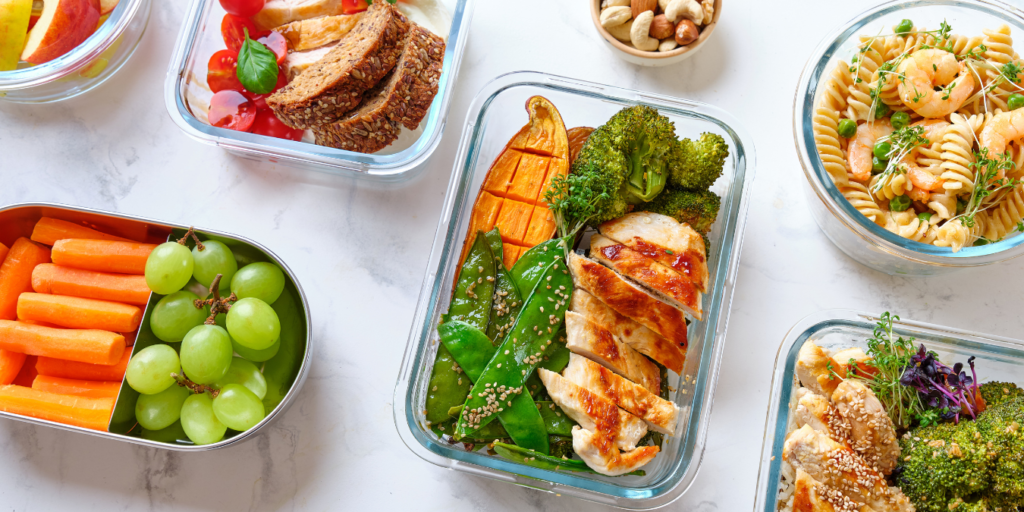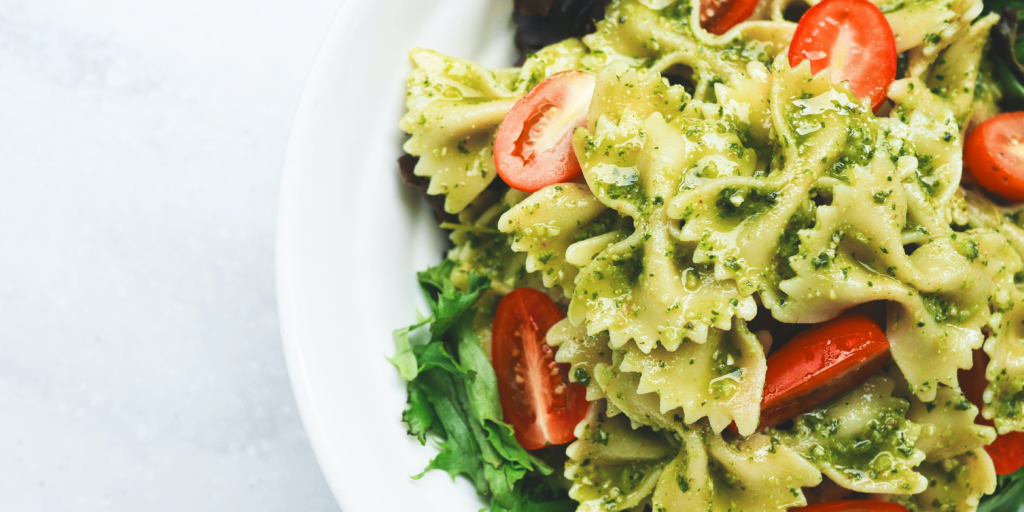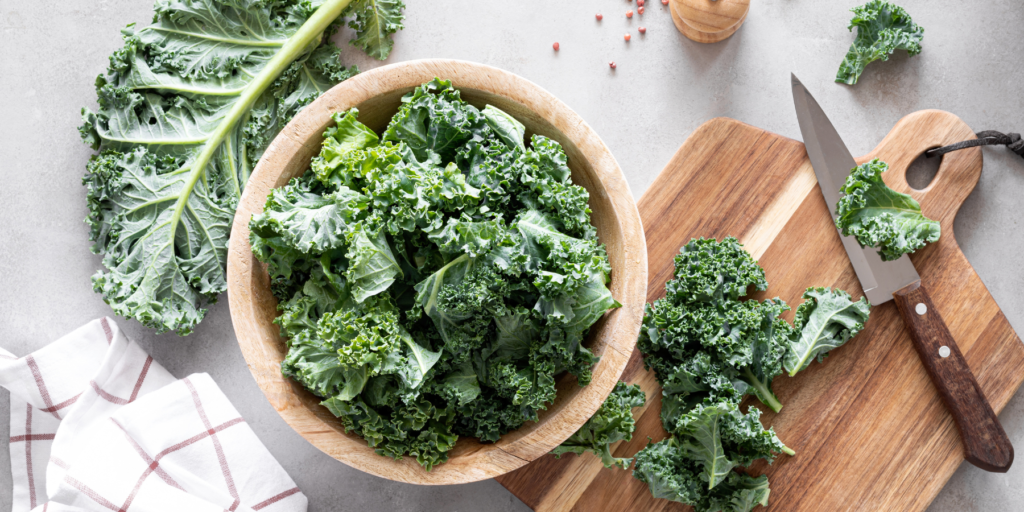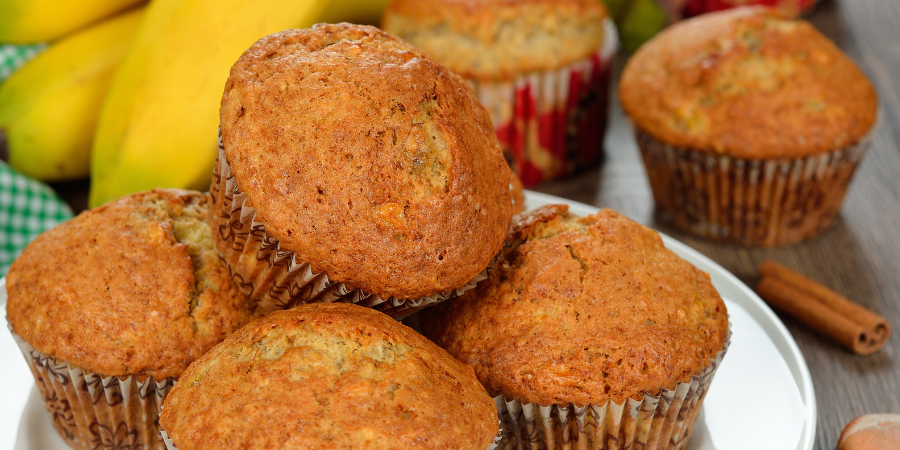Meal prepping is a great way to save time in the kitchen. Anyone can do it: it doesn’t have to be complicated or time consuming.
Meal prepping also saves time without sacrificing nutrition or flavor. It promotes nutrient rich ingredients that can be individualized to your taste, ability and cooking skills. Follow these steps to get started with meal planning and prepping for the week.
- Find your “why.” Understanding why you want to prepare meals for the week will guide you to a starting point. Do you want to focus on eating breakfast? Eating more vegetables? Limiting salt? How much time do you have to dedicate to preparing your meals? Do you need meal prep to be fast and simple, or do you have time for more complex recipes that require extra cooking time?
- Plan your meals. Planning a week at a time will ensure you have a variety of nutrients from different food groups, and the ingredients you prepare will not go bad. Pick a day to plan, review recipes and browse your pantry to make note of what ingredients you already have. Stick with familiar foods and recipes if you’re just getting started.
- Make a grocery list. Making a list is a great way to make sure nothing is forgotten. This also avoids additional trips to the grocery store for one or two ingredients. Create a list by using a pen and paper or app on your smart phone, verbally recording your list, or by asking for assistance from a friend or care partner. Lists can also help you stay within your budget and avoid purchasing impulse items.
- Go shopping. Select what grocery store you like to use and plan your visit. If you need assistance in getting to the store, ask family/friends or utilize delivery options and store employees. Remember most whole foods are sold around the perimeter of the store (so start here) while the packaged foods are in the center aisles. Also consider bulk buying foods to save money if you plan on eating a specific item a lot. Meat, grains and legumes are some examples of foods that can often be cheaper if you buy them several pounds at a time. Don’t forget to include reusable food storage containers to your list if this is your first time.
- Slice and dice. Once all the ingredients have been purchased, it is time to prepare them for each recipe. This step includes the following processes:
- Wash all firm produce. Slice or chop them as the recipe calls for.
- When washing delicate produce like lettuce or fresh berries, make sure they are completely dry before storing. This prevents them from becoming soft and watery.
- Cook whole grain items, like rice or pasta, ahead of time. Cook at least 2-3 portions worth to use for multiple meals.
- Drain and rinse canned vegetables.
- Cook any fresh protein sources, such as chicken or fish.
- Label prepared ingredients to make sure you know which meals they should be used for. Include the date they were prepared so you know when they go bad.
- Take shortcuts to save time. Utilize precut, pre-sliced, frozen, canned or ready to use ingredients to cut down on the prep time. Commonly used items like garlic and onions can be found already minced or cut and ready to buy. Other examples include:
- Dry spices and herbs to add flavor without adding salt.
- Microwavable brown rice to quickly incorporate whole grains.
- Canned chicken or fish to save on cooking time.
- Prewashed, bagged salad to use throughout the week.
- Prechopped broccoli, baby carrots and snap peas.
- Frozen vegetables that don’t require cooking.
- Cookware, like slow cookers, can also be a time saver for larger meals.
- Cooking and Storage Tips.
- Separate foods that reheat well from those that don’t:
- Most grains, lentils, meat, beans and cheese reheat well.
- Some vegetables like leafy greens, whole/sliced tomatoes, cucumbers, etc. may wilt when heated.
- Freeze some of the meals that may be eaten later in the week so they stay fresh.
- Adjust the recipe to the amount you need. Take your favorite recipe and double it.
- Glass or microwave safe plastic containers are best for reheating in microwaves.
- Multicompartment containers make it easy to pack multiple foods into a small, easy to carry container.
- Smaller containers can be filled with dressings, sauces, dips and toppings.
- Separate foods that reheat well from those that don’t:
- Food Assistance Resources –




